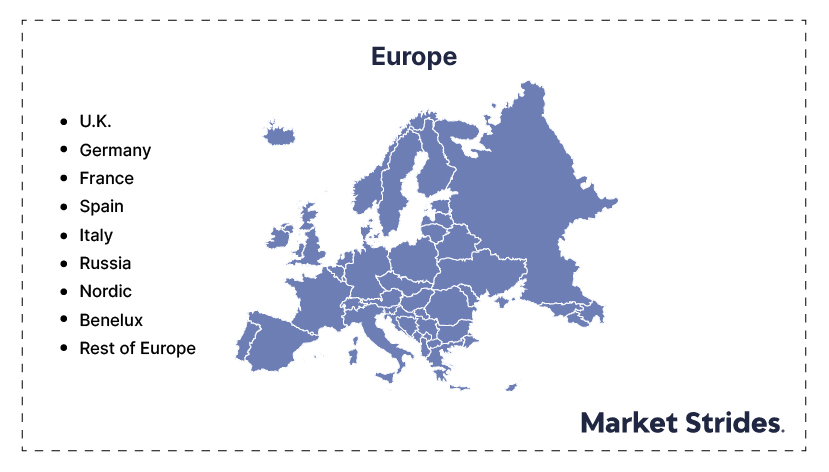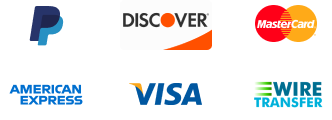The Europe NSCLS Drugs Market size was estimated at USD 10.25 billion in 2024 and is expected to grow to USD 21.51 billion by 2033. This growth signifies a compound annual growth rate (CAGR) of 8.1% over the forecast period from 2025 to 2033. The steady expansion of the market is driven by rising consumer demand and the increasing variety of applications across different industries.
Non-Small Cell Lung Cancer (NSCLC) is the most prevalent type of lung cancer, accounting for approximately 85% of all lung cancer cases. The increasing incidence of NSCLC in Europe is a significant driver of market growth. Factors contributing to this rise include high smoking rates, environmental pollution, and an aging population.
Advancements in targeted therapies and immunotherapies have revolutionized NSCLC treatment, offering more effective and personalized options. These innovations have led to improved survival rates and are propelling market expansion.
The European healthcare system's robust infrastructure and substantial investments in cancer research further support the market's development. Additionally, increased awareness and early detection initiatives contribute to higher diagnosis rates, facilitating timely treatment and better patient outcomes.
The sector is presently being influenced by several dynamic Europe NSCLS Drugs Market trends that are creating significant impact and changing its environment. These new trends are crucial to monitor as they could revolutionize how the industry functions.
The research conducted for this report showcases a comprehensive effort by the Market Strides Research Team, employing data from various reliable sources to ensure accuracy and comprehensiveness. The methodology includes:
Primary Research:
Secondary Research:
Data Validation:
| ATTRIBUTES | DETAILS |
|---|---|
| Study Period | 2021-2033 |
| Historical Year | 2021-2024 |
| Forecast Period | 2025-2033 |
| By Type |
|
| By Application |
|
| Regional Insights |
|
Targeted Therapy: This segment dominated the market in 2023, holding a 50.87% share. Targeted therapies disrupt signals of cancer cell growth, offering a more personalized treatment approach with potentially fewer side effects.
Immunotherapy: Expected to grow at a significant CAGR over the forecast period, immunotherapy utilizes the body's immune system to fight cancer cells. The increasing preference for immunotherapy and the introduction of new products in this segment contribute to its growth.
Chemotherapy: Traditional chemotherapy remains a standard treatment option, often used in combination with other therapies.
Adenocarcinoma: This segment dominated the market in 2023, accounting for 43.13% of the market share. Adenocarcinoma is the most common type of NSCLC, often linked to smoking and environmental factors.
Squamous Cell Carcinoma (SCC): SCC is anticipated to witness the fastest growth, with a projected Compound Annual Growth Rate (CAGR) of 13.3% over the forecast period. This type is typically associated with a history of smoking.
Large Cell Carcinoma: Also known as undifferentiated carcinoma, this type can form in any portion of the lung and is more difficult to treat due to its rapid growth and spread.
In Europe, countries such as Germany, the UK, France, and Italy are expected to be key contributors to this growth. Germany, with its strong healthcare and pharmaceutical sectors, leads the market, followed by the UK, where there has been a marked increase in health spending
Additionally, the growing focus on regulatory compliance, particularly concerning safety and quality testing, is fostering demand for testing services in the region

The market report highlights the key players in the Europe NSCLS Drugs Market segment within the competitive landscape and company profiles sections. We assess these companies based on their product offerings or services, financial results, significant developments, market strategies, overall standing in the market, Europe NSCLS Drugs Market share, and geographic presence.
This section also features a SWOT analysis that looks at the strengths, weaknesses, opportunities, and threats of the leading three to five players. It covers their primary strategies, current focuses, competitive challenges, and potential areas for Europe NSCLS Drugs Market growth. Furthermore, we can tailor the list of companies according to client requirements.
In the section discussing the competitive landscape, we outline the rankings of the leading five companies, along with recent updates such as partnerships, mergers, acquisitions, and launches of new products. We also examine their presence in various regions and their influence on the industry, in accordance with market and Ace matrix criteria, highlighting their individual market shares and opportunities for growth.



